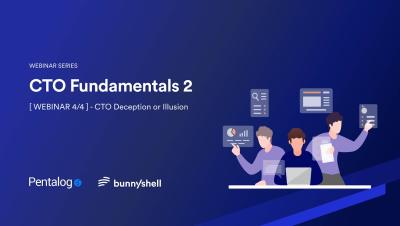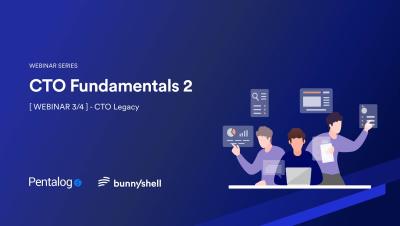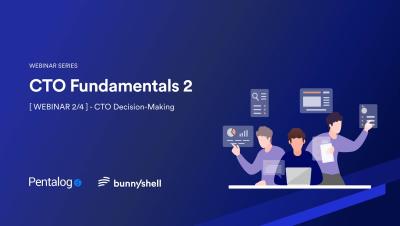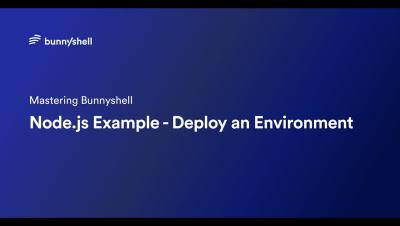Improve Dev Productivity, Velocity and Morale With Platform Engineering
Gartner predict that by 2026, 80% of software engineering organizations will establish platform teams as internal providers of reusable services, components and tools for application delivery. Developer productivity is critical to business success, yet in many organizations, it can take days - if not weeks - for developers to get development, staging, and preview environments they need to develop modern cloud-native applications.











